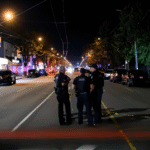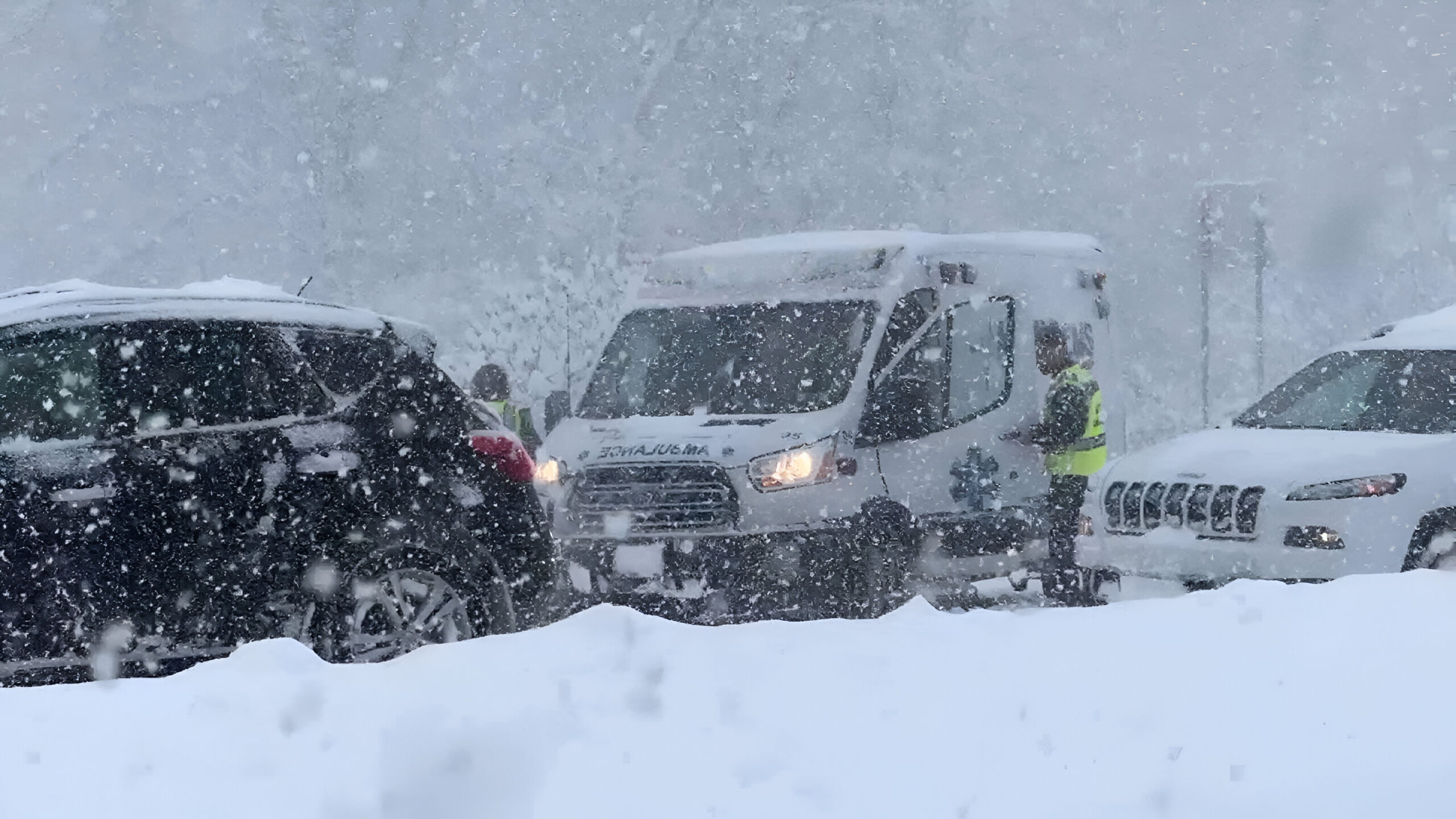Cyclone Chido, which struck Mayotte this past weekend, has left the island in a state of destruction, with nearly a thousand people feared dead. The storm, the most powerful to hit Mayotte in nearly 90 years, has left thousands of residents struggling for survival in the aftermath. Rescue operations are ongoing, but the scale of the disaster, combined with severe infrastructure damage, has made it incredibly difficult to access isolated areas.
The Storm’s Fury: A Catastrophic Event
Cyclone Chido made landfall on Saturday around 15:00 local time (12:00 GMT) in the far north of Mayotte, packing winds of up to 226 km/h (140 mph). Classified as a major category four hurricane, it caused widespread damage, uprooting trees, destroying homes, and knocking out communication and power infrastructure. Along with these fierce winds, wave heights along the north coast reached between four and eight meters (13 to 28 feet), making coastal areas particularly vulnerable.
This was the strongest storm to hit Mayotte in nearly 100 years, and the destruction is being described as catastrophic. The impact is still being assessed, but the situation is grim, and the need for immediate aid and relief is critical.
A Nation’s Support: French President Macron Responds
In the wake of the disaster, French President Emmanuel Macron has expressed deep concern for the residents of Mayotte. “My thoughts are with our compatriots in Mayotte, who have gone through the most horrific few hours, and who have, for some, lost everything, lost their lives,” he said in a public statement.
Macron has committed to sending additional “reinforcements” to assist with the recovery efforts, noting the urgency of the situation. “Reinforcements are here, others will arrive tomorrow,” he assured. “It’s time for urgency. We will be there today and tomorrow.” France has already deployed 110 soldiers, with more on the way, to help with the search and recovery efforts.
Destruction Across the Island: The Struggles of Daily Life

As rescue teams work to access affected areas, one of the most pressing concerns for Mayotte‘s population is the severe shortage of basic necessities like food, water, and shelter. The island’s infrastructure has been devastated: roads are blocked, power lines are down, and communication networks are largely nonfunctional. In such conditions, many residents are struggling to find even the most basic supplies.
One resident of Mamoudzou, Mayotte‘s capital city, explained the ongoing challenges: “We’ve had no water for three days now, so it’s starting to be a lot. We’re trying to get the bare minimum to live on, because we don’t know when the water will come back.” Supplies are limited, and many are uncertain when or if essential services will be restored.
Mohamed Ishmael, another resident of Mamoudzou, compared the devastation to the aftermath of a nuclear war. “You feel like you are in the aftermath of a nuclear war… I saw an entire neighborhood disappear,” he said. The emotional and physical toll on residents is significant, as they face not only the loss of homes and loved ones but the challenge of surviving in a shattered environment.
Personal Stories: A Glimpse Into the Chaos
John Balloz, a 39-year-old musician and composer, described the terrifying experience as Cyclone Chido made landfall in Mayotte. Originally from the island nation of Comoros in East Africa, Balloz is seeking asylum in Mayotte. He recalled the moment when the storm hit: “The sky turned black, the winds screamed, and everything started to collapse. We had no choice but to hide.”
The storm’s destruction forced many residents to scramble for shelter, but even in the aftermath, many remain uncertain about the fate of their families and communities. As the death toll continues to rise, the human cost of this disaster becomes clearer with each passing day.
Frequently Asked Questions (FAQ)
1. How strong was Cyclone Chido?
Cyclone Chido reached wind speeds of up to 226 km/h (140 mph), classifying it as a category four hurricane. This made it the strongest cyclone to strike Mayotte in nearly 90 years, causing widespread devastation across the island.
2. What is the current situation in Mayotte?
As of now, nearly 1,000 people are feared dead, and the island’s infrastructure has been severely damaged. Roads are blocked, power lines are down, and communication networks are inoperative. Many residents are struggling with shortages of food, water, and shelter.
3. What is being done to help the people of Mayotte?
The French government has deployed 110 soldiers to assist with the recovery efforts, with additional reinforcements expected. President Emmanuel Macron has pledged urgent support, promising that more resources will be sent to Mayotte in the coming days. The island is also receiving humanitarian aid, although logistical challenges remain due to the extensive damage.
4. How are people in Mayotte coping with the aftermath of the storm?
Residents are facing extreme hardship due to shortages of water, food, and medical supplies. Many have lost their homes, and the island’s population of 320,000 is struggling to find shelter. With communication down, it’s difficult for many to reach out for help or to contact loved ones.
5. What challenges are rescue teams facing?
The severe damage to roads, power lines, and communication infrastructure is hindering rescue operations. Many affected areas remain isolated, and the difficulty of navigating through debris and flooded regions is slowing down efforts to locate survivors and deliver aid.
6. What long-term impact is expected from this cyclone?
The long-term effects of Cyclone Chido will likely be felt for months, if not longer. Mayotte‘s economy, already struggling, will be further strained by the cost of rebuilding infrastructure and providing aid. Mayotte also faces a humanitarian crisis, with long-term challenges in restoring normalcy and providing for the population’s needs.
As the aftermath of Cyclone Chido continues to unfold, the people of Mayotte face a difficult road to recovery. While the French government and humanitarian organizations work tirelessly to support the island, the scale of the disaster means that help is still urgently needed. The human cost of this tragedy is profound, but with ongoing support, the island’s residents will slowly begin to rebuild their lives from the devastation.
Also Read-Brutally Cold Temps and Lake-Effect Snow Impact Thanksgiving Travel Across the U.S.











2 thoughts on “Cyclone Chido Strikes Mayotte: 1,000 Feared Dead, Urgent Relief Efforts Begin”